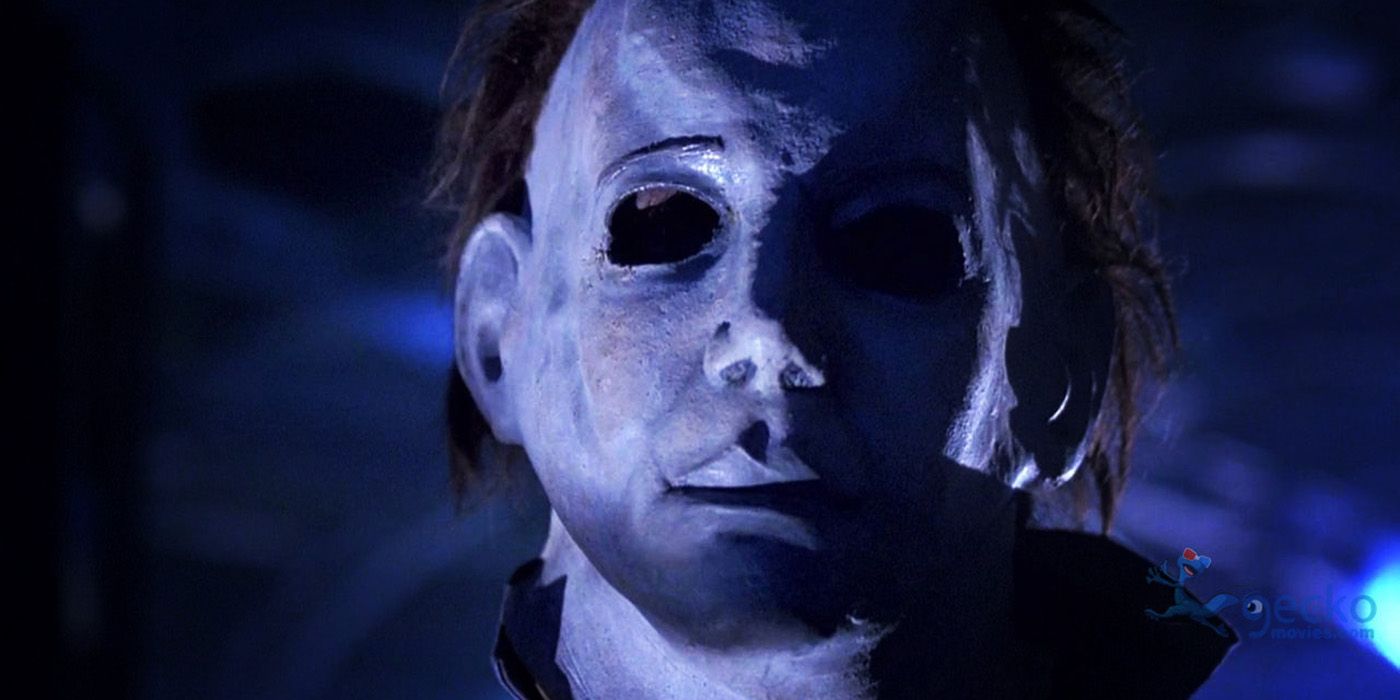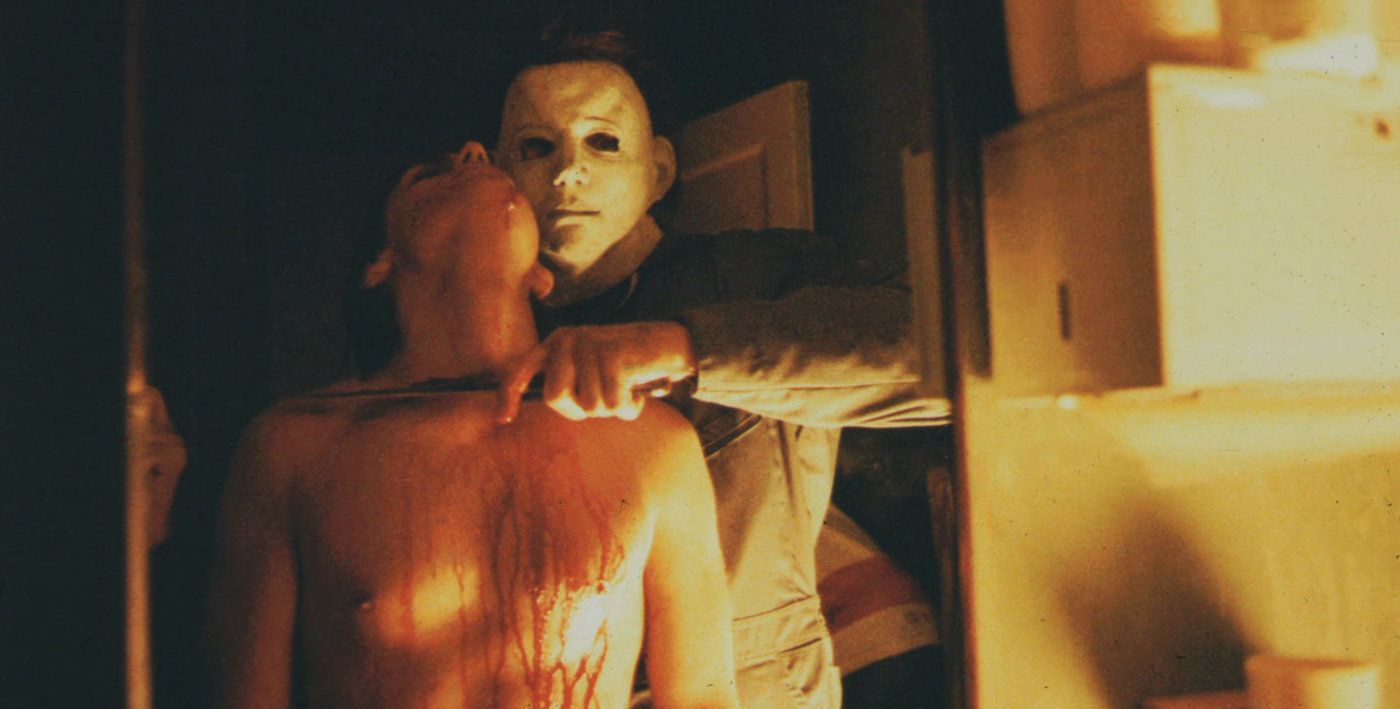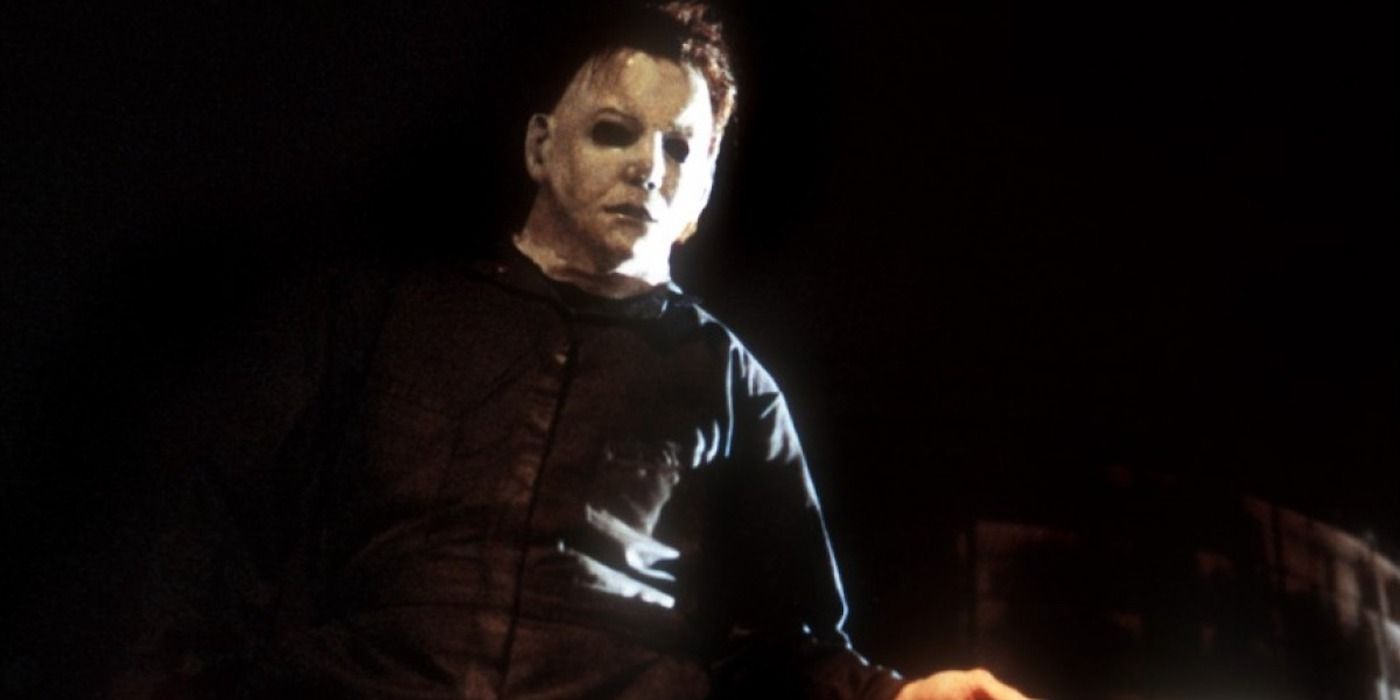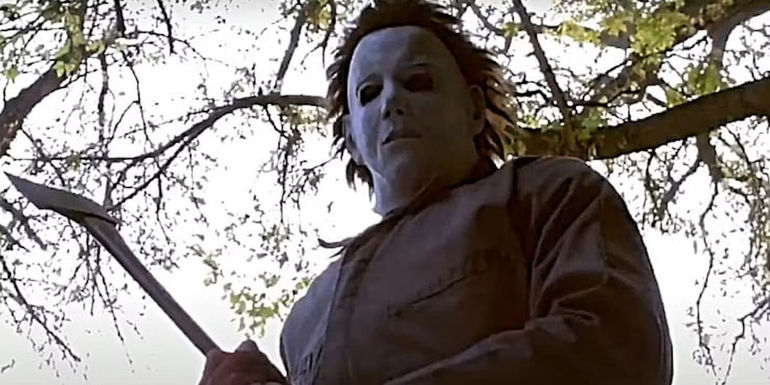The Big Picture
The fact that Michael Myers' has no supernatural abilities sets him apart from other horror villains like Freddy Krueger.
Halloween 5 first introduces the Cult of Thorn, which is further delved into in Halloween 6. The latter film uncovers that this cult is accountable for Michael's curse and motivations.
By introducing the backstory of the Cult of Thorn, the mystique and terror typically connected with Michael Myers are diminished, resulting in a less frightening portrayal and detracting from the simplicity of his character.
What Is Michael Myer's Cult Backstory?
In the realm of horror villains, Michael Myers stands out as one of the most renowned and unforgettable characters. Known for his role as the primary antagonist in the Halloween franchise, which spans an impressive 45 years, Michael Myers shares the stage with other iconic horror villains like Freddy Krueger and Jason Voorhees. However, what distinguishes Michael from his counterparts is his humanity. At first glance, it may seem peculiar to associate any traces of humanity with Michael Myers, but allow me to elaborate. Unlike many other villainous characters who possess supernatural attributes, Michael is an ordinary individual driven by an insatiable thirst for blood. While he may be described as having "the devil's eyes" and exhibiting an exceptionally fast walk, it has always been evident that he lacks any supernatural powers. Yet, this is precisely what renders Michael so terrifying. His actions stem solely from his own being, devoid of any occult involvement. However, in Halloween 5: The Revenge of Michael Myers, a pivotal moment in the franchise occurs when Michael is bestowed with a backstory and a motive for the first time: he is revealed to be part of a cult, inevitably altering the perception of his character.

Image via Universal
In Halloween: The Curse of Michael Myers, the sixth installment, the Cult of Thorn is properly introduced. However, its origins can be traced back to Halloween 5, when the mysterious Man in Black appears and orchestrates Michael's escape from jail. As a result, Jamie Lloyd is also abducted. This sets the stage for Halloween 6, where we discover that the Man in Black is the leader of the Cult of Thorn. The specifics of the cult, though, vary depending on whether you watch the theatrical cut or the producer's cut of Halloween 6.
In the producer's cut, the Cult of Thorn consists of Haddonfield residents who believe in a Druid demon that spreads sickness and death. To protect themselves, they place the Thorn curse on a child from their tribe. The child becomes possessed by Thorn and is driven to kill their family on Halloween night. On the other hand, the theatrical version takes a darker approach. In this version, the cult is composed of doctors from Smith's Grove Sanitarium who study the power of evil through scientific experiments. After kidnapping Jamie at the end of Halloween 5, they decide to impregnate her in an attempt to clone Michael's DNA. It is heavily implied that Michael is the father of her baby. The entire concept is truly disturbing!
Both versions explain that Michael Myers is cursed and possessed by Thorn, which is the reason for his homicidal tendencies. The murder of his sister when he was a child was influenced by the curse, and his pursuit of Laurie (Jamie Lee Curtis) and subsequent murder of anyone in his way are all a result of the curse. He is essentially a puppet, controlled by the Cult of Thorn. Contrary to what we believed all these years, he is not entirely cold-blooded and emotionless; he is, in essence, brainwashed.
Giving Michael Myers a Backstory Was Never Going To Work

Image Via Dimension Films
The concept of the cult itself is, to begin with, not necessarily a negative one; in fact, it is quite intriguing. The lore surrounding it is fascinating and enjoyable to delve into. Perhaps it could have thrived as a standalone entity, separate from Michael Myers and the Halloween franchise. A film that exists within the Halloween universe but is unrelated to Michael, like Halloween III: Season of the Witch, explores this possibility. In that movie, Michael is notably absent. By adopting this approach, the Cult of Thorn might have garnered greater appreciation. However, when viewed as a backstory for Michael Myers, it falls disappointingly flat.
The primary issue with the Cult of Thorn's backstory for Michael is that it strips away all the enigma surrounding his character. Audiences found him terrifying because he was unpredictable. He lacked a clear motive for killing his sister all those years ago; he simply did it. Dr. Loomis (Donald Pleasence) perfectly articulated this in the original 1978 film:
I encountered him 15 years ago, only to discover a complete absence of reason, consciousness, or even the most basic understanding of life, death, morality, or ethics. The face of this 6-year-old child was devoid of emotions, disturbingly pale, and above all, possessed the darkest eyes imaginable, likened to that of the Devil. For eight years, I attempted to connect with him, followed by an additional seven years of confinement, as I came to realize that sheer evil dwelled within his gaze.
This is the Michael we are familiar with, the Michael we were initially introduced to. Devoid of a soul or conscience, his evil nature is inexplicable, and it instills fear. No additional information is necessary; what was revealed is more than sufficient. It was a straightforward yet impactful portrayal, creating one of the most brilliant and terrifying horror villains in history. However, the Cult of Thorn storyline not only undermines the carefully crafted legacy established by John Carpenter but also strips away Michael's ability to evoke fear.
The Halloween Franchise Didn't Need the Supernatural

Image Via Dimension Films
Despite still being Michael Myers, he retains his iconic mask and brutal tendencies. However, he no longer possesses the same level of terror. The ease with which he is thwarted by ancient protective runes, after previously being known as unstoppable and invincible, is laughable. By the end of the movie, Michael Myers no longer resembles his original persona, as all the intrigue and mystique surrounding him has vanished. What remains is a pathetic and lackluster version of a man. The Halloween franchise had always remained free from supernatural elements, and there was no need for it to be otherwise. Its simplicity and straightforward slasher approach were its strengths. Michael was the driving force behind its appeal, yet Halloween 6 inexplicably sought to deviate from this winning formula. The result was an overly complex and confusing storyline that fortunately was disregarded in subsequent films. Halloween 6 made a valiant attempt, but if the intention was to enhance Michael's scariness, it achieved the complete opposite effect.
















